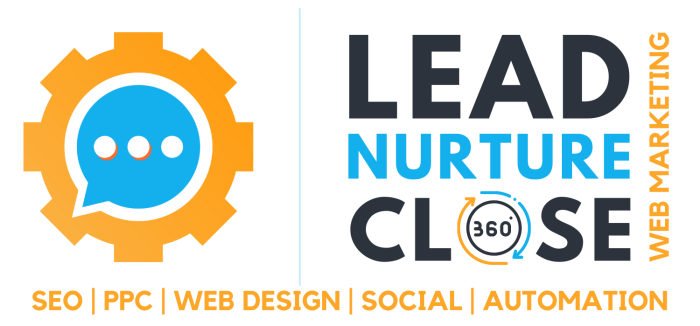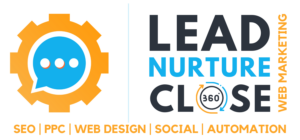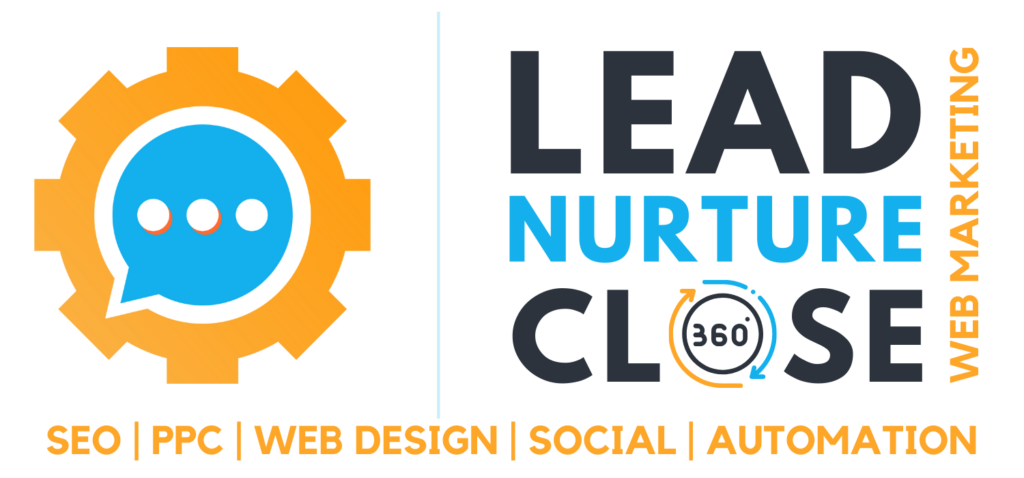To optimize email marketing campaigns, it’s crucial to ensure landing pages work in harmony with every email message. By making sure emails and landing pages work together seamlessly, you can increase conversions and ultimately boost revenue. Unfortunately, many marketers still make mistakes that lead to lost revenue and frustrated customers.
Before looking at these mistakes, it’s important to understand the critical relationship between emails and landing pages.
The Importance of Integrating Email Marketing and Landing Pages
Email marketing and landing pages complement each other to form a powerful marketing funnel. When customers receive an email, they’re often prompted to click on a link leading them to a landing page, which contains more detailed information about the product or service being offered. With further encouragement on the landing page, potential customers are likelier to take a specific action.
Creating targeted landing pages is a crucial element of any successful email marketing strategy. MarketingSherpa found that 48 percent of marketers create a new landing page for each marketing campaign (1). Using a unique landing page for each campaign allows for tailored messaging, design, and more specific calls to action. This maximizes conversion rates, enhances the page’s relevance to the audience, and makes it easier to track campaign performance.
To achieve better results when integrating email marketing and landing pages, be sure to avoid the following nine common mistakes:
Mistake #1: Inconsistent Email and Landing Page Copy
Businesses often fail to align their email and landing page copy, confusing customers transitioning from an email to a landing page. Inconsistent copy can result in higher bounce rates and lower conversion rates. To prevent this, ensure that your email and landing page copy are well-coordinated with similar language, tone, and messaging to offer a seamless experience for visitors.
Mistake #2: Slow-Loading Landing Pages
Slow-loading landing pages can frustrate visitors and significantly damage conversions. Google reports that the average mobile landing page takes 22 seconds to load, with over half of mobile visitors leaving pages that take more than three seconds to load (2).
To optimize landing pages for speed, choose a reputable hosting provider, compress images, and simplify the website code. These steps can help improve load times and enhance the user experience for visitors. If you need help with this, ask your web developer or designer.
Mistake #3: Directing Traffic to the Homepage
Businesses often direct traffic to their homepage from an email message, which is usually a mistake. Customers expect landing pages to be relevant to the email they received. Redirecting them to the homepage only leads to confusion, resulting in higher bounce rates and lower conversion rates. Instead, create dedicated landing pages tailored to each email message, with clear calls to action encouraging users to take the next step.
Mistake #4: Not Using a Clear Call to Action (CTA)
A clear CTA is essential for a landing page. It should be concise and easy to understand, and the visitor should know what to expect after clicking it. If your CTA isn’t clear, visitors may not understand what they need to do or what they will receive after clicking on the button. A good CTA should be placed above the fold and stand out from the rest of the page.
Mistake #5: Too Many Distractions on the Landing Page
When there are too many elements on a landing page, visitors may become confused or overwhelmed, causing them to abandon the page before taking action. To avoid this, keep the design of your landing page simple and clear, use fewer images, and include only one CTA per landing page. Industry research suggests that too many offers on a landing page can lead to confusion and significantly lower conversions.
Mistake #6: Complex Landing Page Forms
Complex landing page forms can overwhelm subscribers and decrease conversions. You should keep forms simple and straightforward — don’t ask for more information than you need and keep them short. Research from Omnisend showed that forms asking for personal information like gender or date of birth have conversion rates of just 5-6 percent, while those asking for only an email and phone number have a 10 percent conversion rate (3).
Mistake #7: Not Optimizing for Mobile Devices
Mobile optimization is essential, as over 60 percent of emails are opened on mobile devices (4). If your landing page is not optimized for mobile devices, viewers will struggle to read and interact with your content. Ensure your landing pages are responsive and adjust to varying screen sizes. Also, ensure your CTAs are big and clear enough for mobile users to tap on.
Mistake #8: Inconsistent Branding Between the Email and Landing Page
Inconsistent branding between your email and landing page will instantly damage your brand identity and reduce trust. For instance, an email with a blue and white color scheme but a landing page with a green and yellow one can make visitors think they’ve landed on the wrong page. To avoid confusion and reinforce your brand identity, always use the same fonts, colors, and logos across emails and landing pages.
Mistake #9: Neglecting A/B Testing
Even small changes to an email or landing page can impact user behavior and conversions, but it’s hard to identify which variations make a difference without performing A/B tests. A/B testing – or split testing – involves testing two versions of your email or landing page to see which performs better. You can then make data-driven decisions to improve campaigns. For example, you could A/B test the CTA copy in an email and measure click-through rates. To get accurate results, test one variable at a time and use a sufficiently large sample size.
Integration and Cohesion: A Winning Strategy for Email Marketing
Integrating your email campaigns seamlessly with your landing pages can significantly improve your chances of converting more leads into customers. However, be aware of common mistakes like not optimizing for mobile, weak CTAs, and neglecting A/B testing. Continually refining your approach and avoiding these pitfalls will help you create a cohesive user experience that drives conversions and ultimately strengthens the performance of your email marketing campaigns.
Sources:
- unbounce.com/landing-pages/demonstrate-the-value-of-landing-pages/
- thinkwithgoogle.com/intl/en-gb/marketing-strategies/app-and-mobile/mobile-page-speed-new-industry-benchmarks/
- startupbonsai.com/landing-page-statistics/#
- easysendy.com/blog/mobile-email-open-statistics/

















